Sandian named Scientist of the Year by Great Minds in Stems – an organization tasked with highlighting Hispanics who excel in Engineering and Science. A first for Sandia National Laboratories.
Tag: Sandia National Laboratories

Solar-Powered Balloons Detect Mysterious Sounds in the Stratosphere #ASA184
To reach the stratosphere, Daniel Bowman of Sandia National Laboratories and his collaborators build relatively simple, solar-powered balloons that span 6 to 7 meters across. After releasing the balloons, they track their routes using GPS and use them to collect data and detect low-frequency sound with microbarometers. Rarely disturbed by planes or turbulence, the microphones on the balloons pick up a variety of sounds unheard anywhere else. Bowman will present his findings using these hot air balloons to eavesdrop on stratospheric sounds at the upcoming 184th ASA Meeting.
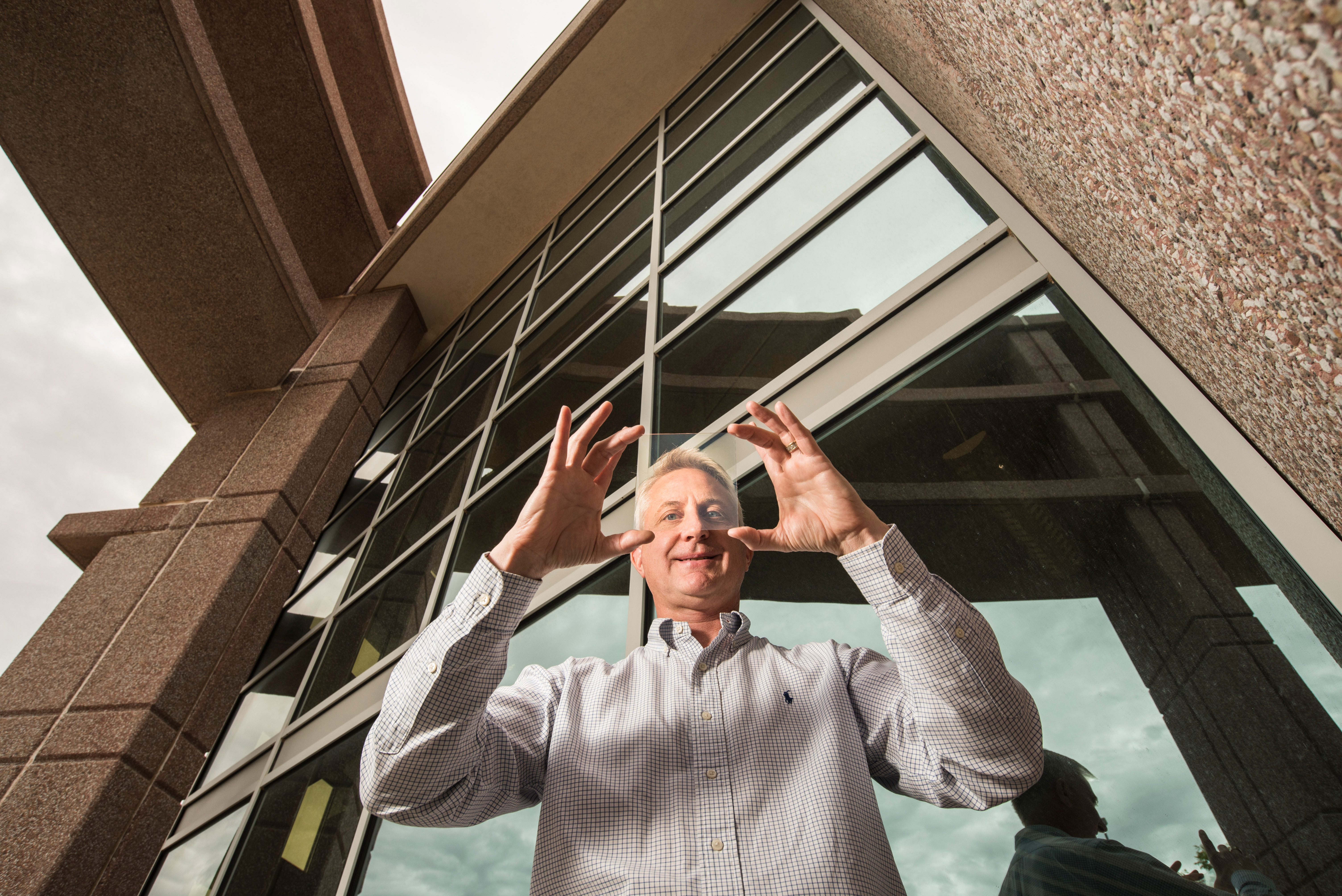
Cheers to five more years
An initiative that helps businesses transform New Mexico national laboratories’ technologies into viable products and services will continue driving innovations to market into 2027.
Legendary licenses
Licensing expert Bob Westervelt, who has worked to transfer Sandia National Laboratories technologies in the medical, solar and hydrogen production fields, received the 2021 Outstanding Technology Transfer Professional Award from the Federal Laboratory Consortium.
Small IT business wins Sandia’s largest single subcontract
Sandia National Laboratories awarded an information technology subcontract of potentially up to $700 million over a possible seven years to a New Mexico small business. This is the largest subcontract Sandia has issued to date.
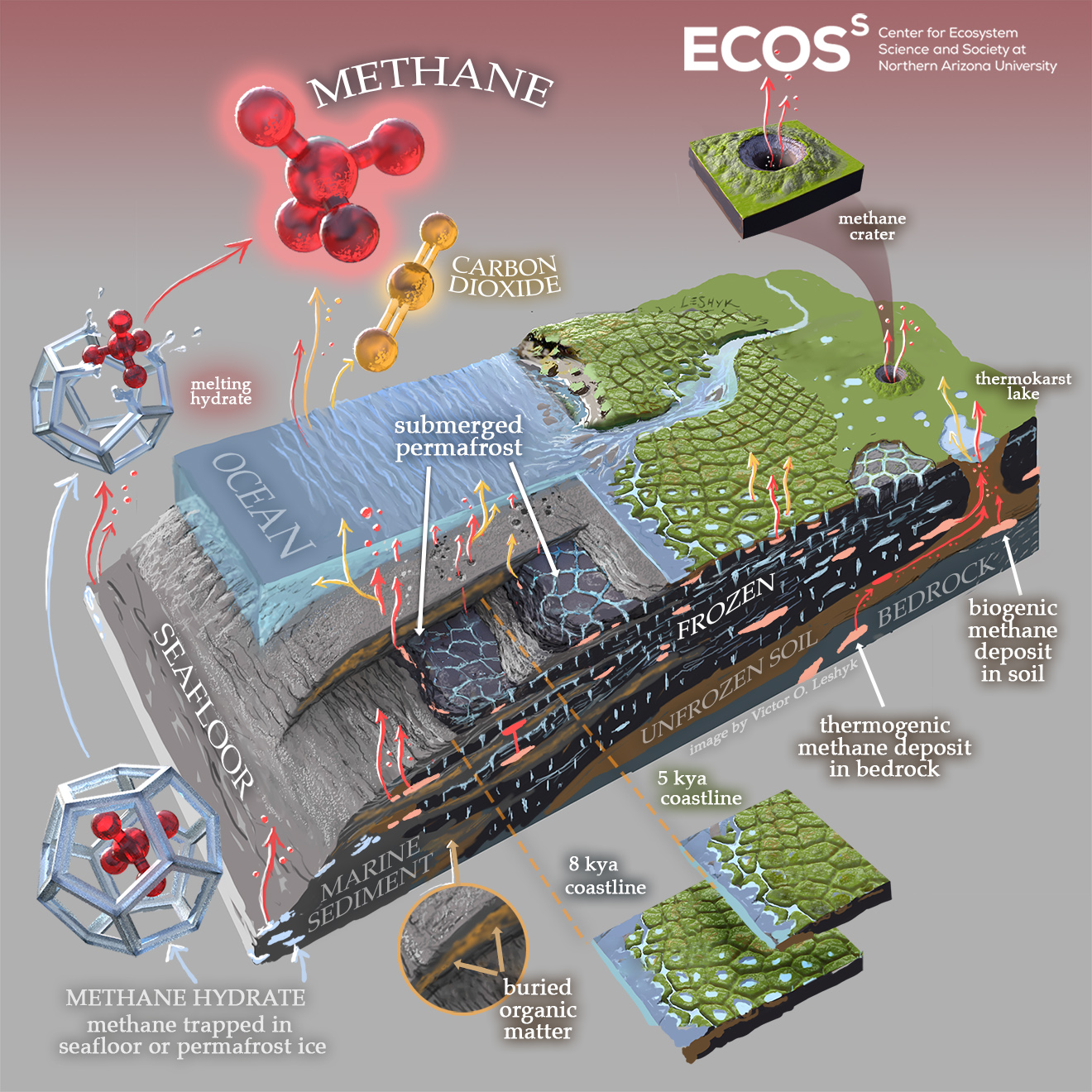
International research team begins uncovering Arctic mystery
According to 25 international researchers who collaborated on a first-of-its-kind study, frozen land beneath rising sea levels currently traps 60 billion tons of methane and 560 billion tons of organic carbon. Little is known about the frozen sediment and soil — called submarine permafrost
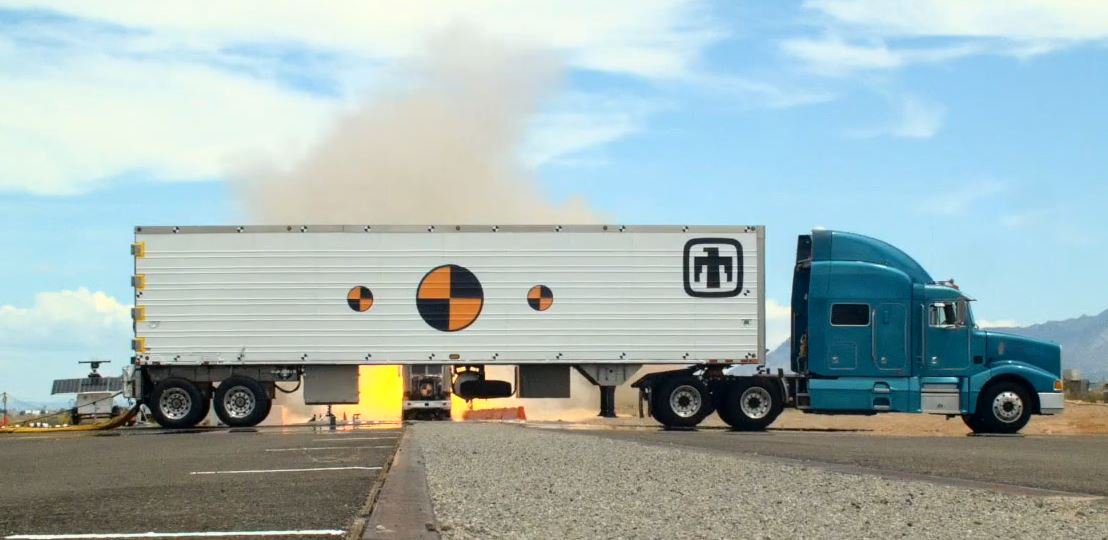
Successful crash test meets major milestone for nuclear deterrence program
A full-scale crash test involving a semitruck impacting the side of the first prototype of a new weapons transporter successfully took place at Sandia National Laboratories this summer.
Sandia Science & Tech Park spurs economic growth
A new, independent report has concluded that the Sandia Science & Technology Park contributed significantly to the local economy in 2018-19 by adding 310 jobs and generating increases in economic activity and tax revenue to the city and New Mexico.
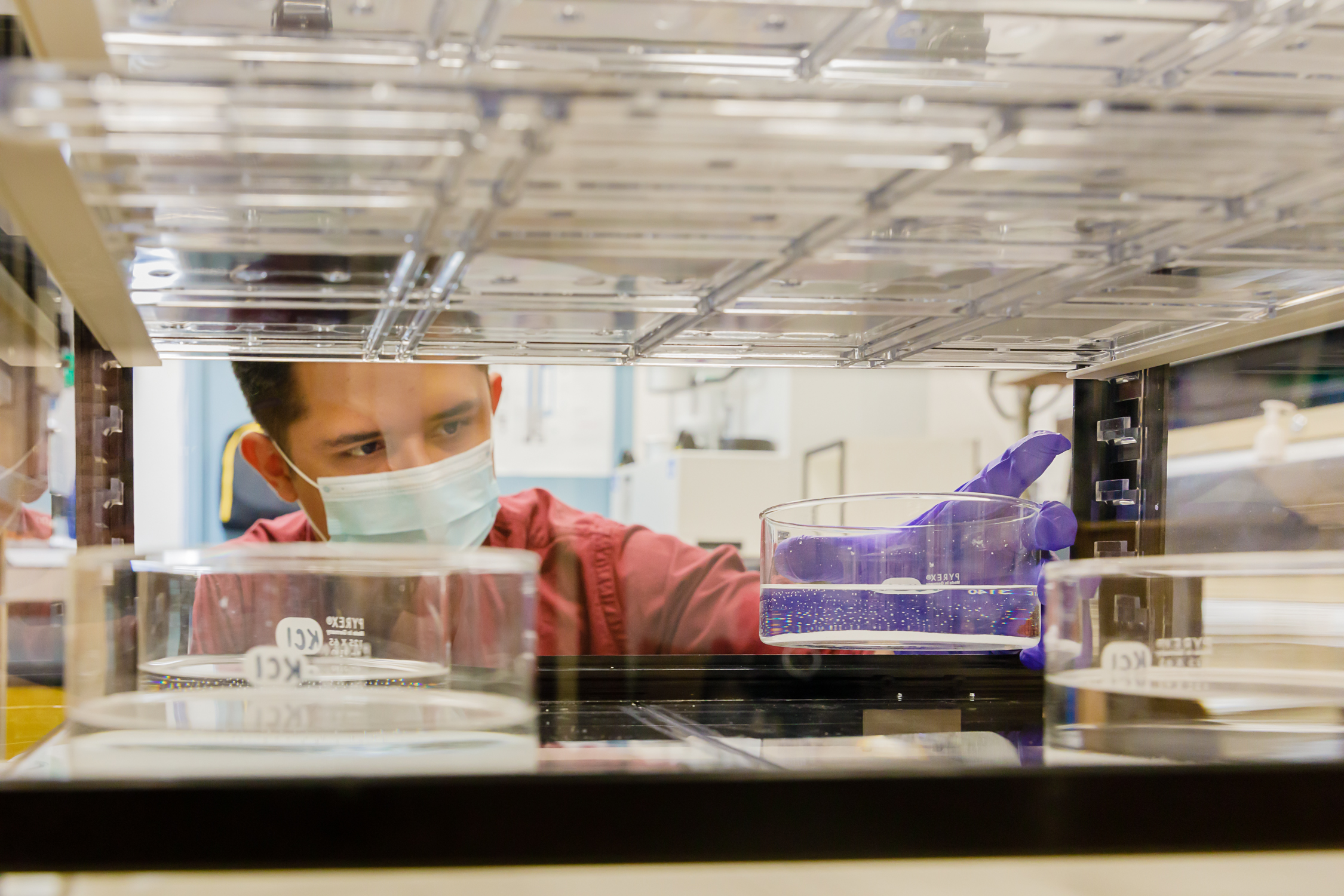
Helping protect medical professionals
A media comprised of a sandwich of materials, tested by Sandia National Laboratories, is being manufactured into N95-like respirators that could be used in local medical facilities. The project originated from the urgent need for personal protective equipment when the COVID-19 outbreak began.
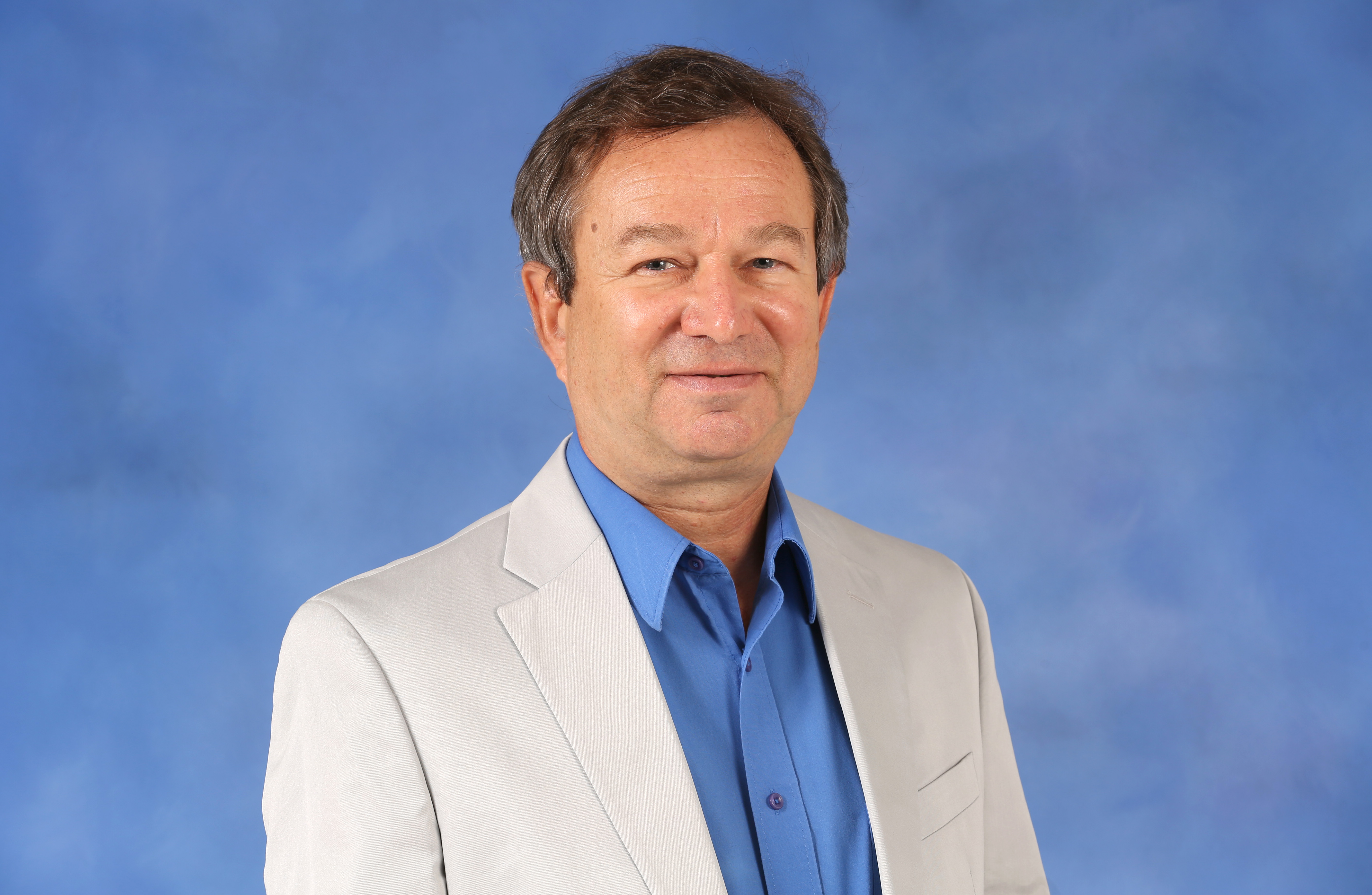
UAH scientist lands $750,000 DOE EPSCoR grant for low temperature plasma research
A principal research scientist in The University of Alabama in Huntsville (UAH) Center for Space Plasma and Aeronomic Research (CSPAR) has been awarded a $750,000 grant from the United States Department of Energy (DOE) Established Program to Stimulate Competitive Research (EPSCoR) for low temperature plasma (LTP).
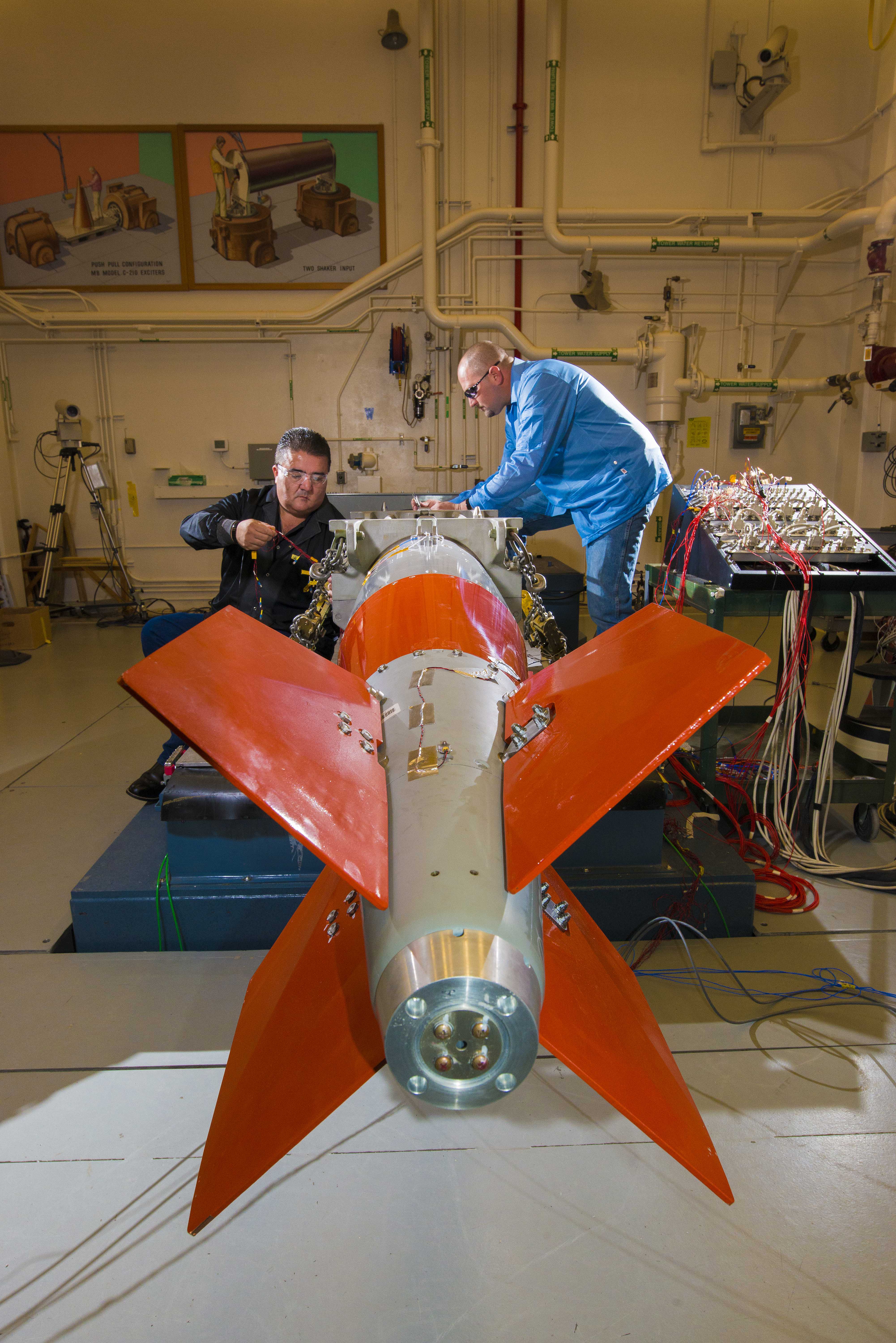
Sandia weapons program meets safety, design requirements
Sandia National Laboratories has successfully completed another milestone in the B61-12 gravity bomb refurbishment program, demonstrating the labs is meeting important nuclear safety and use-control requirements.
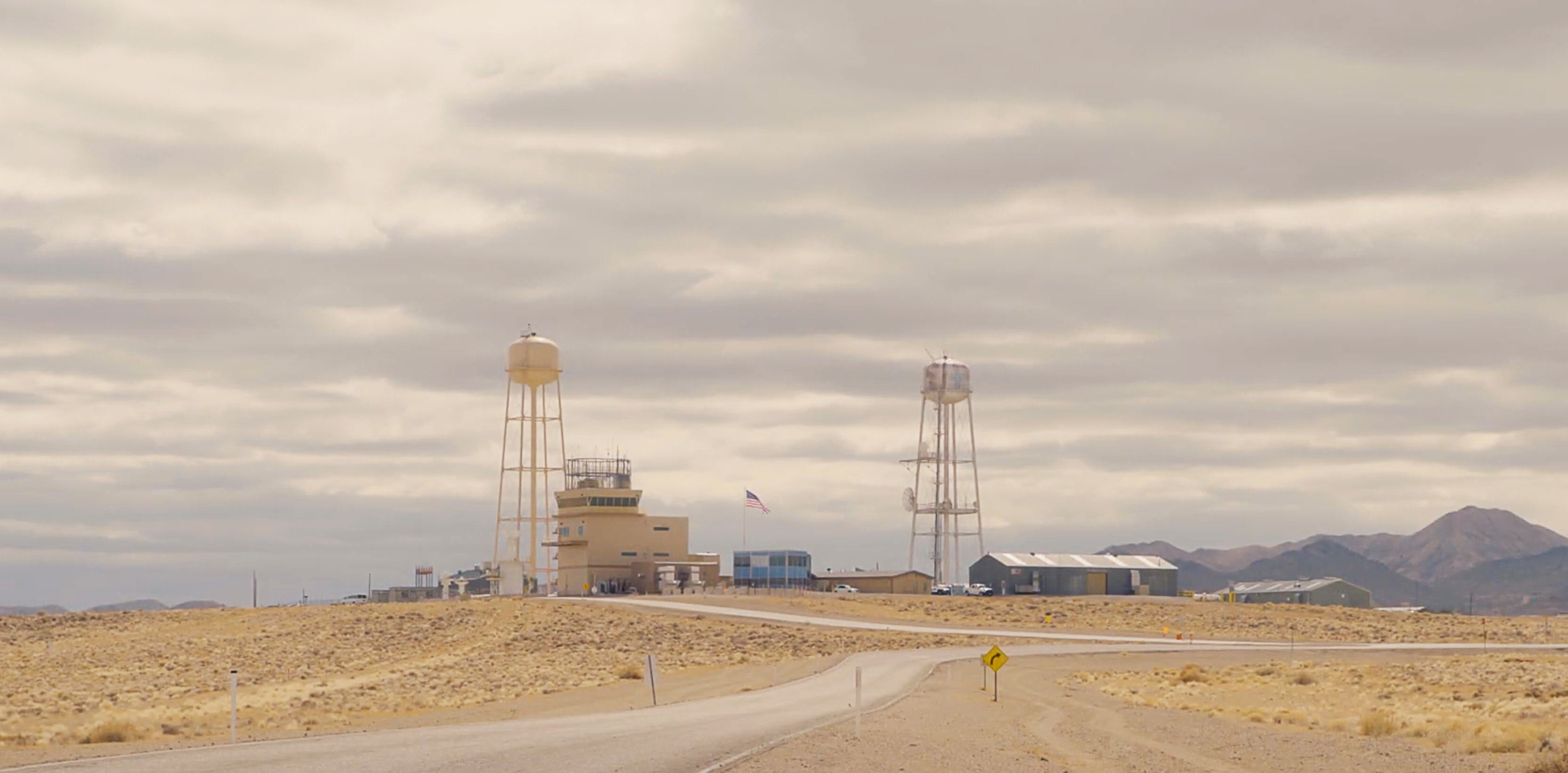
Flight tests show B61-12 compatible with F-15E Strike Eagle
Flight tests designed to demonstrate the refurbished B61-12’s compatibility with the U.S. Air Force’s F-15E Strike Eagle jet fighter demonstrate the bomb’s compatibility with the jet.
Company moves metals characterization technology forward with help from Sandia Labs
When a small business needed help proving that its tabletop laser system could characterize metals faster and more easily than current equipment, they turned to Sandia National Laboratories. Sandia’s testing verified that the company’s patented process reduces imaging time from hours to minutes.
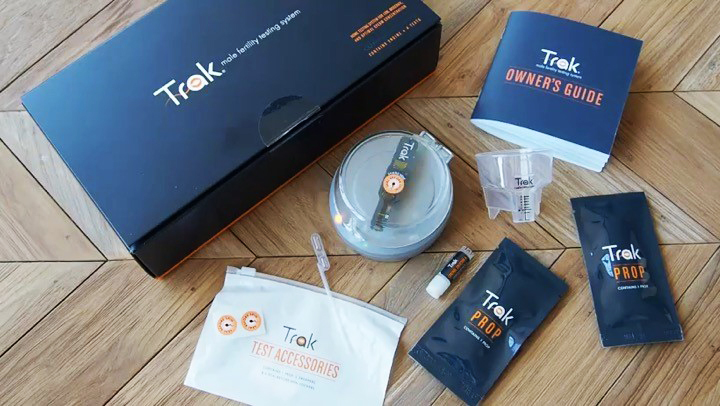
Sandia Labs wins 4 national tech transfer awards
Sandia National Laboratories won four awards from the Federal Laboratory Consortium. The awards are ranked as some of the most prestigious honors for federal laboratories and industry partners that demonstrate outstanding technology transfer achievements.
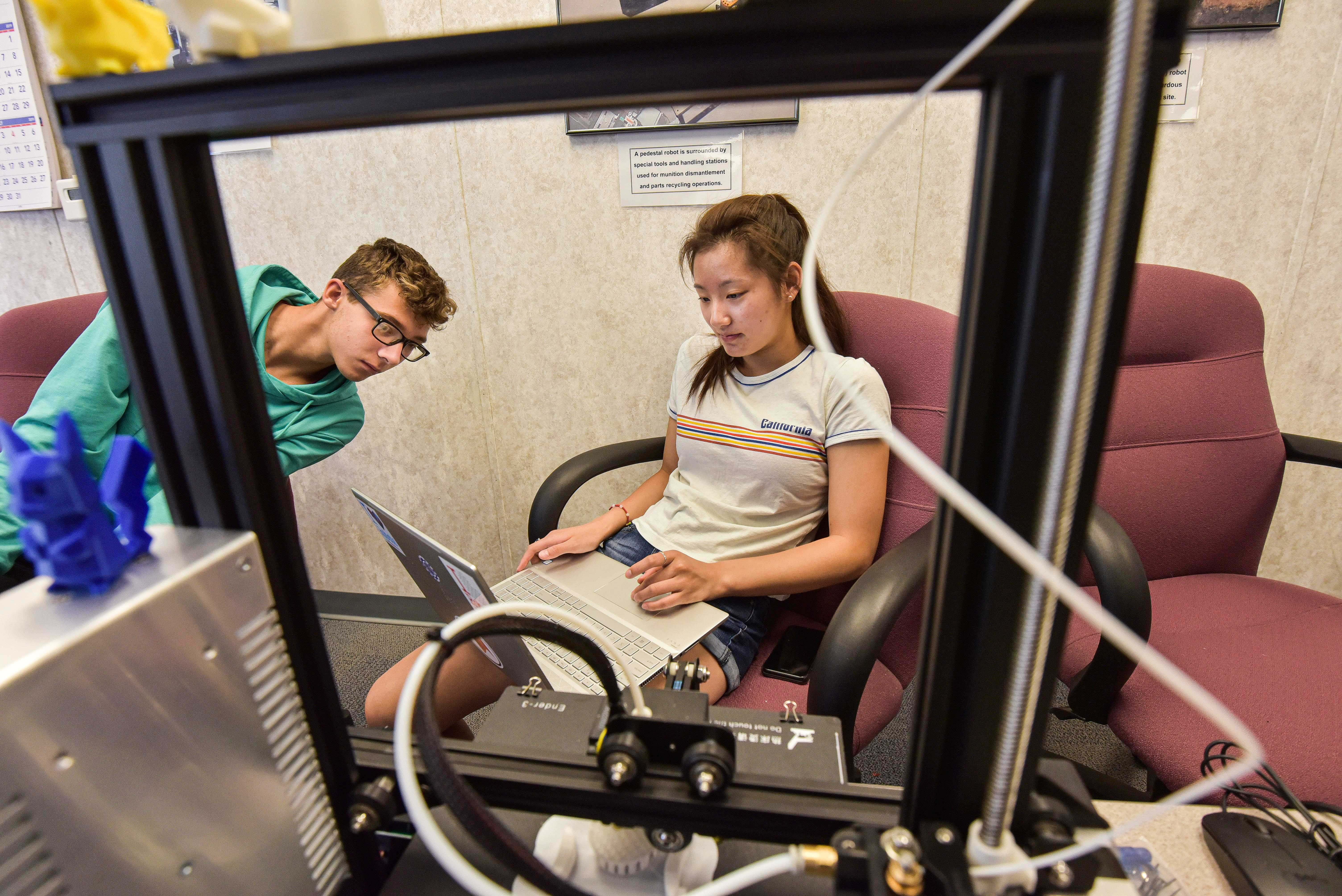
Teens pay it forward, use 3D printers built at Sandia to make face shields
Teens who built 3D printers during a weeklong robotics camp at Sandia National Laboratories last year have used them to make more than 3,000 face shields that have been donated to medical professionals and first responders in New Mexico.
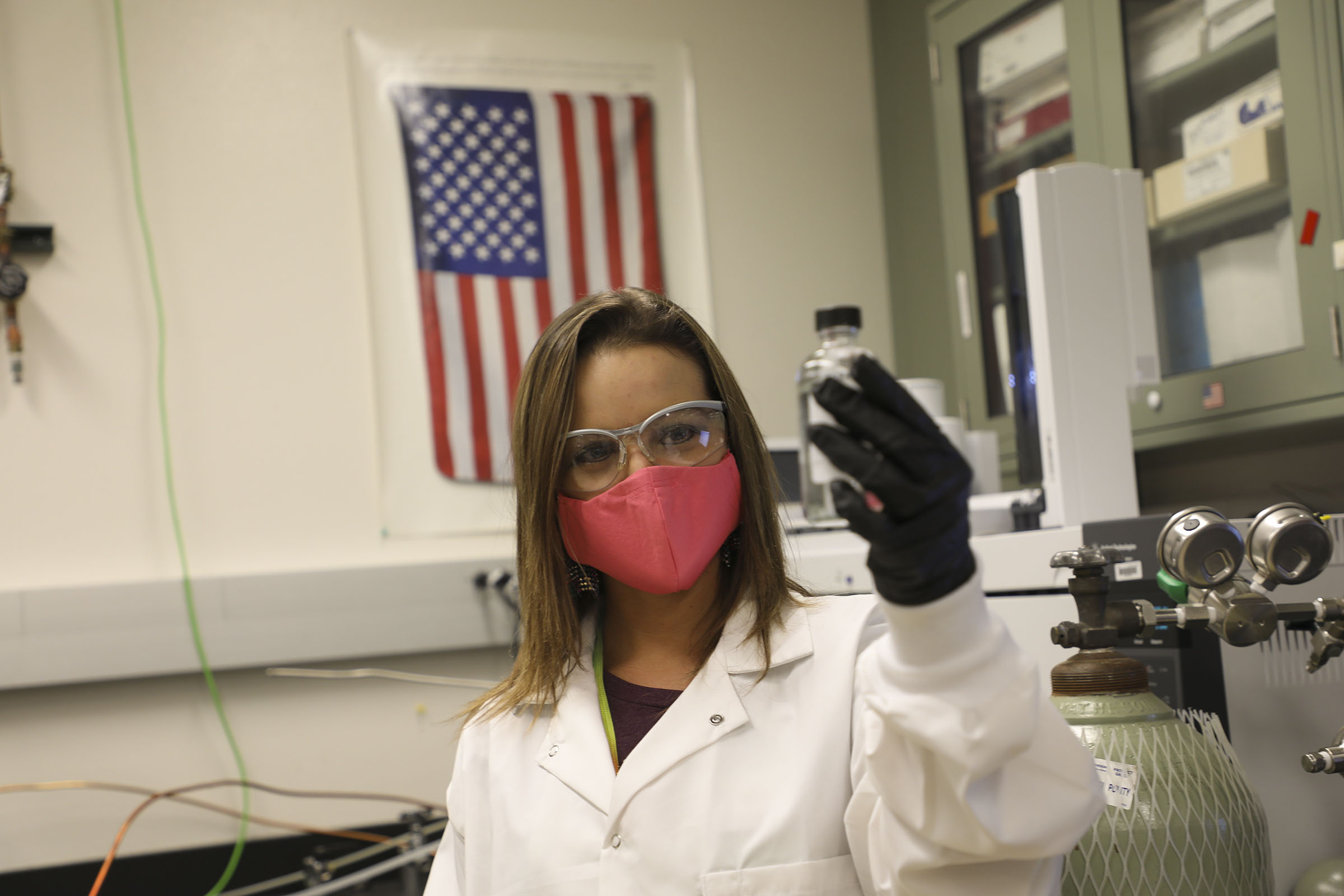
Sandia tests distillery’s hand sanitizer developed to address severe shortage
Distillery-developed hand sanitizer is leaving a New Mexico warehouse as quickly as it disappeared from grocery stores after Sandia National Laboratories helped confirm the product meets all federal requirements for distribution.
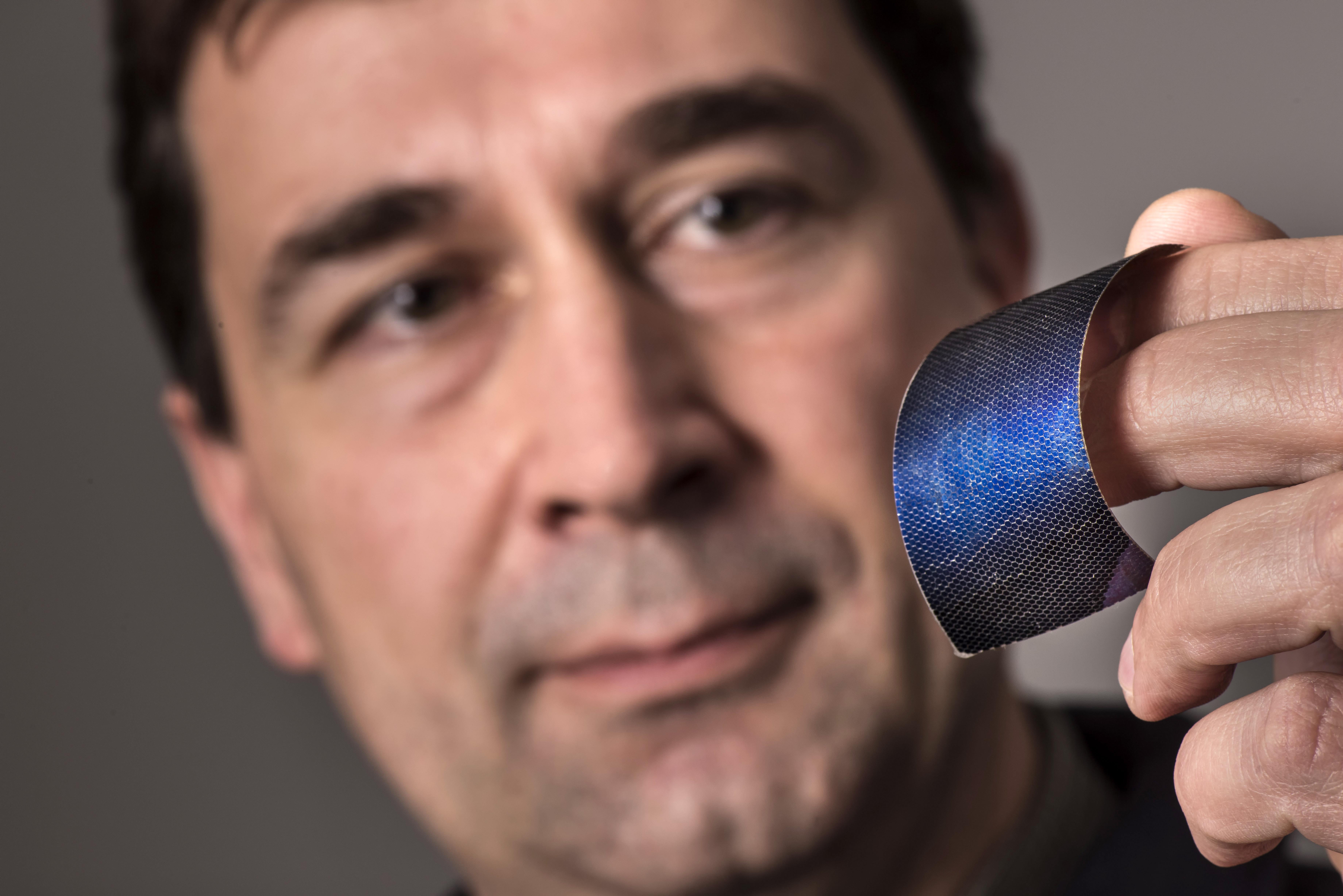
From innovation to industry
A recently signed New Mexico law enables Sandia and Los Alamos national laboratories to assist in turning transferred technology into viable products and services, which could boost innovation and create jobs, according to Sandia business development experts.
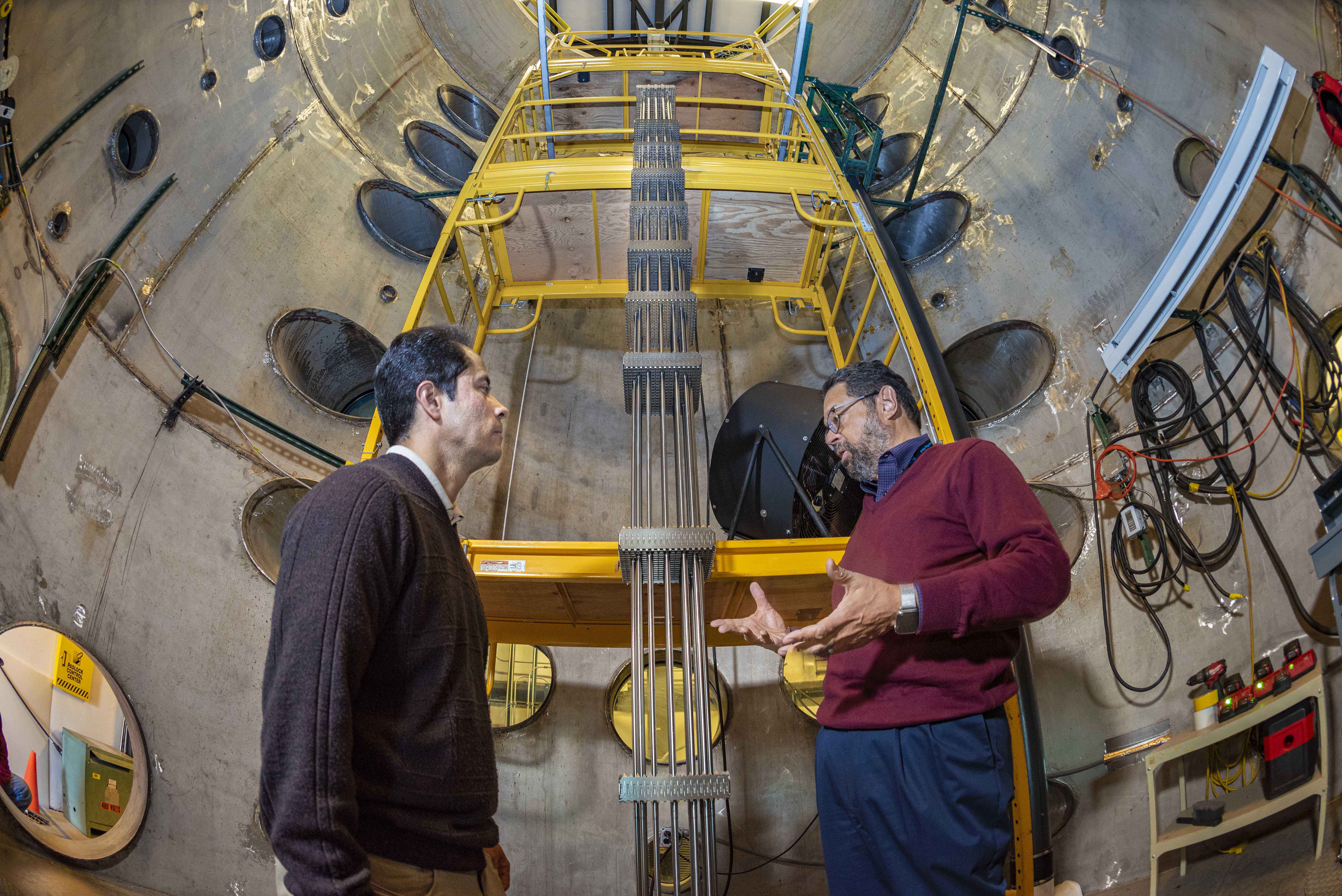
Sandia, Puerto Rican university collaborate to develop energy projects for global tropics
A new 10-year agreement between Sandia National Laboratories and the University of Puerto Rico, Mayagüez, has the potential to bring more reliable electricity to remote communities and the latest in electrical grid technology to rural areas in the world’s tropics. A Sandia manager who was born and grew up in Puerto Rico says the agreement will continue a decadeslong relationship with the university he attended.
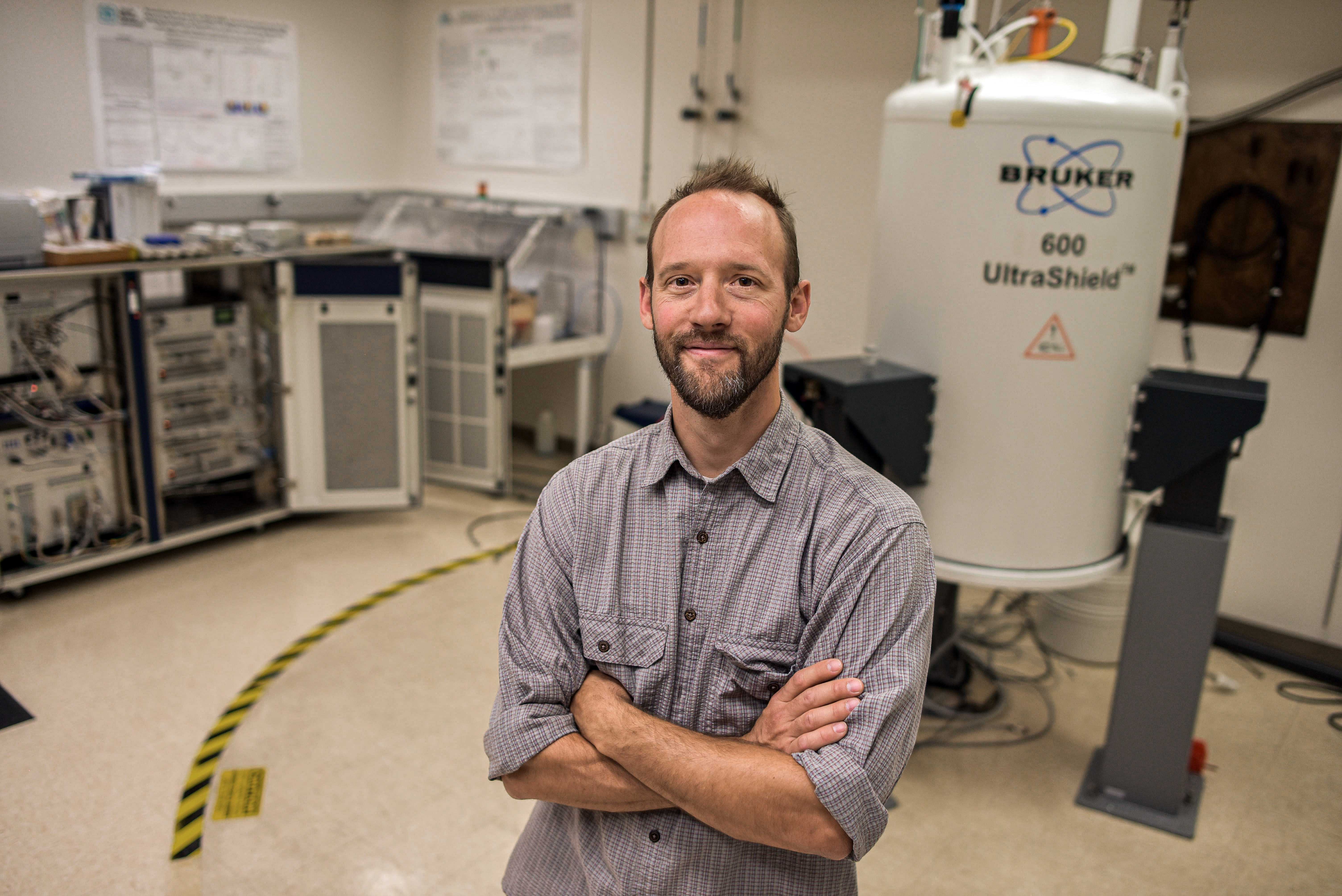
Seeing inside a battery while it’s working
A new paper-thin radio-frequency detector, developed by researchers at Sandia National Laboratories and designed to work inside a lithium-ion battery, provides information about the battery’s health while charging and discharging.
Sandia hosts its first Education With Industry officer
A student in the highly selective U.S. Air Force Education With Industry program will be bringing his military experience to Sandia National Laboratories and returning to his post with valuable industry experience to share. Capt. Antonio Gallop is not the typical student.
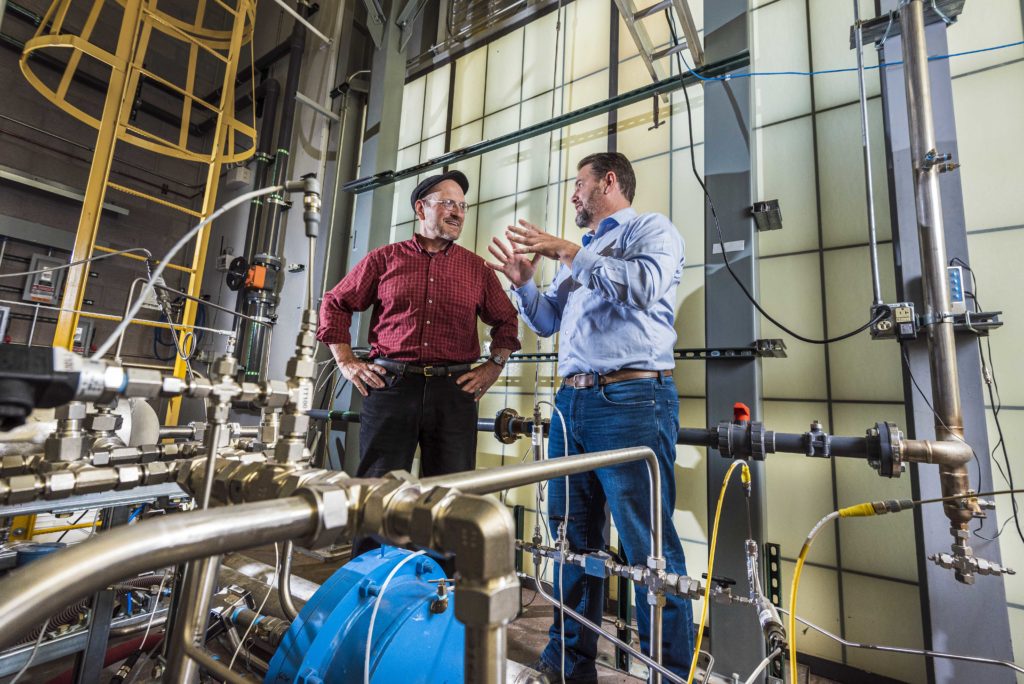
Reducing power plants’ thirst
Researchers at Sandia National Laboratories are helping the largest power plant in the United States identify the most efficient and cost-effective strategies to reduce water use.They developed a first-of-its-kind comprehensive system dynamics analysis that can show power plants with wet cooling systems how it can save them money.
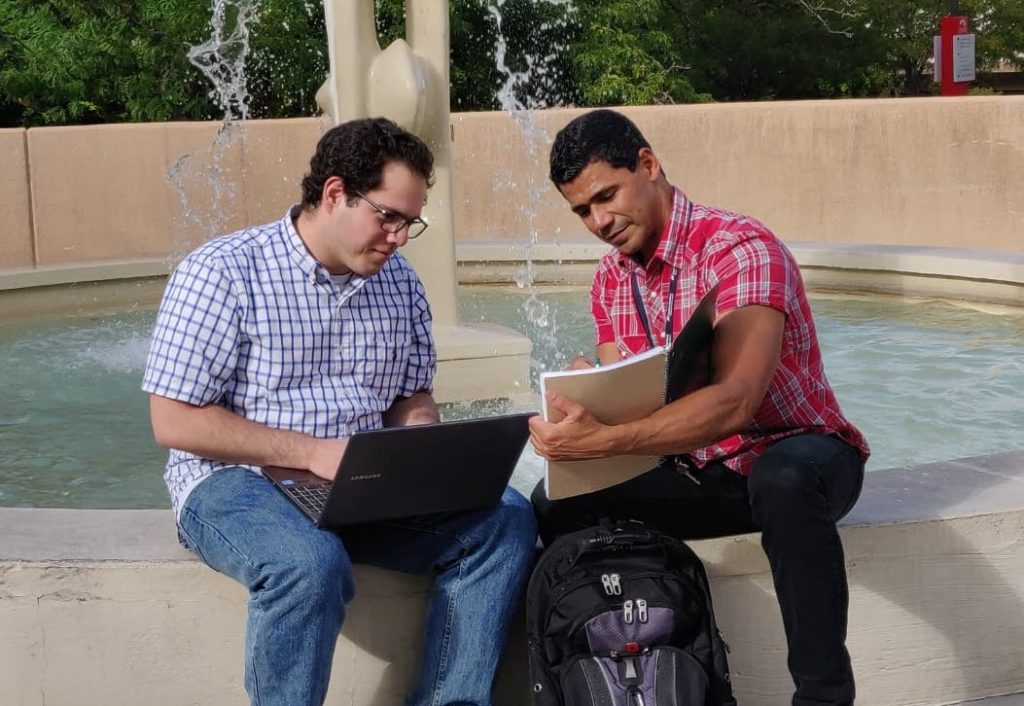
Internships fuel research for engineering students from Puerto Rico
The Consortium for Integrating Energy Systems in Engineering and Science Education, CIESESE, internship program, sponsored by the National Nuclear Security Administration, connects engineering students from five Hispanic-serving institutions, including UPRM, with research at Sandia National Laboratories and the National Energy Technology Laboratory. The program has recently been extended through next summer.
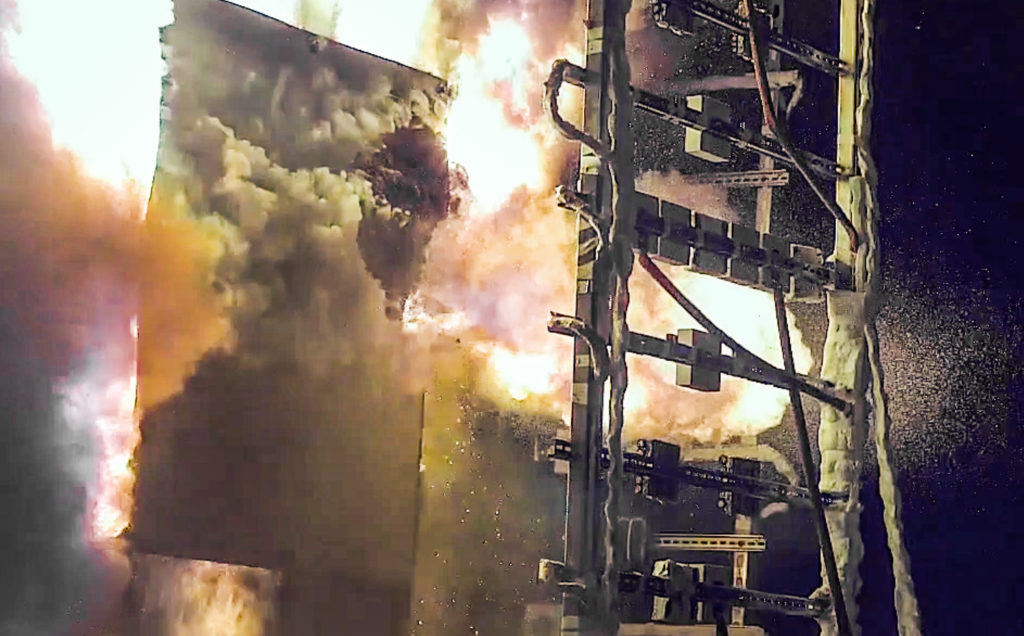
High-speed fire footage reveals key insights for power plant safety
Fire protection and optical engineers at Sandia National Laboratories are using high-speed cameras and advanced algorithms, imaging and analytic methods to understand these dangerous arc faults between two conductors, such as the high-voltage bus bars in a switchgear at a power plant. Flames in an arc fault experiment contain useful information that can help keep power plants operating safely.
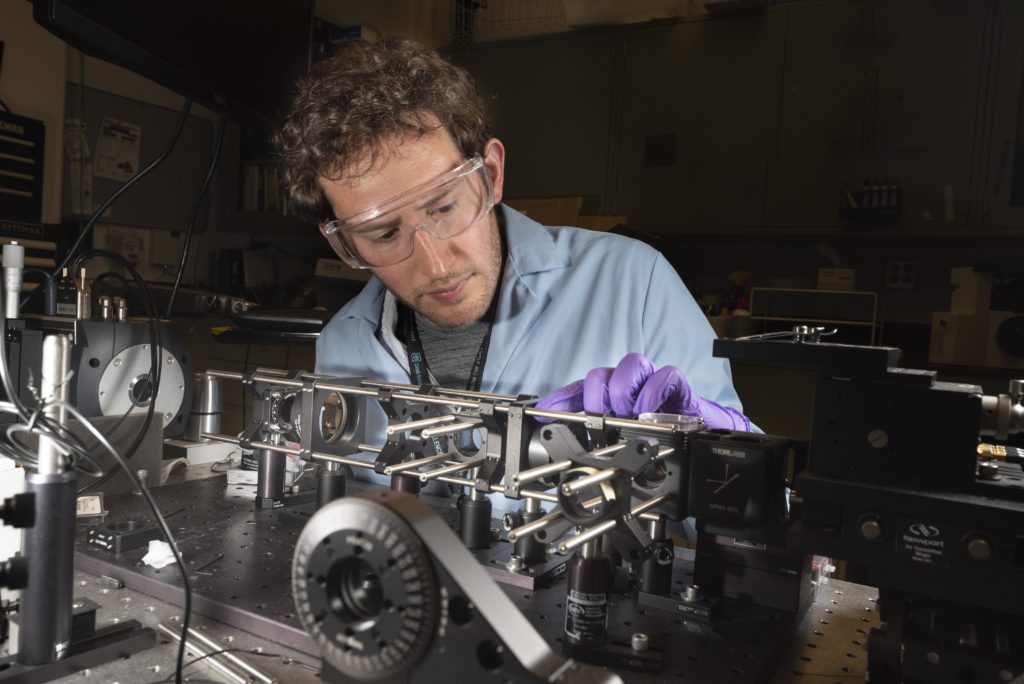
Advanced microscopy reveals unusual DNA structure
An advanced imaging technique reveals new structural details of S-DNA, ladder-like DNA that forms when the molecule experiences extreme tension. This work conducted at Sandia National Laboratories and Vrije University in the Netherlands provides the first experimental evidence that S-DNA contains highly tilted base pairs.

American Indian Science and Engineering Society recognizes early-career Sandia engineer
Geoscience engineer Dylan Moriarty has been named the 2019 Most Promising Engineer or Scientist by the American Indian Science and Engineering Society. The award is given to an American Indian, Alaska Native, Native Hawaiian, Pacific Islander, First Nations and other indigenous person of North America with less than five years of work experience since his or her last degree.
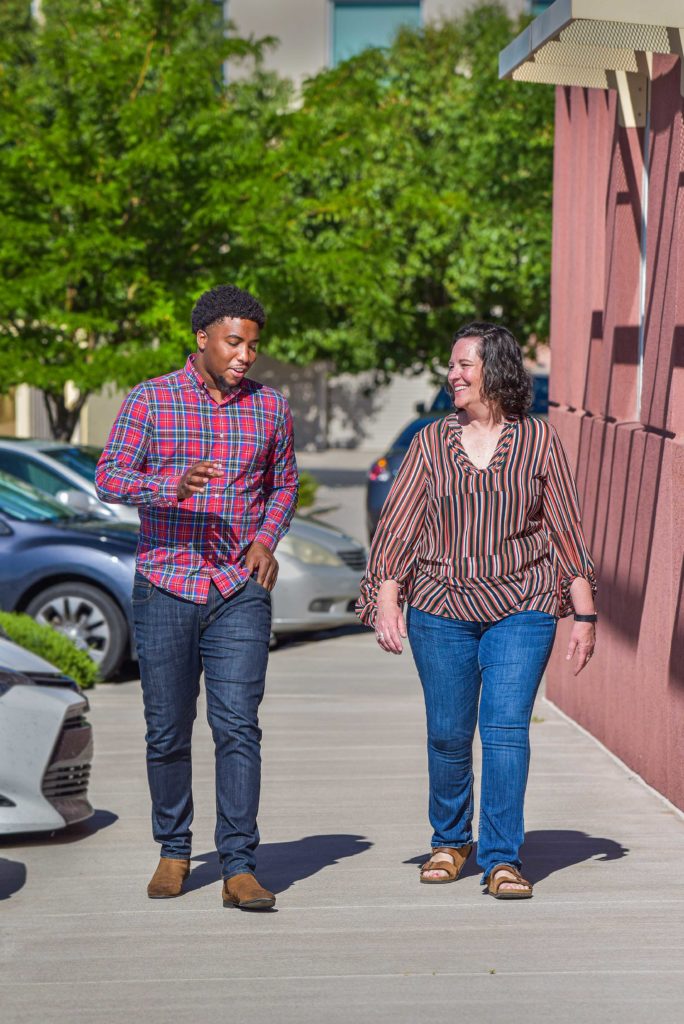
How a chicken farmer landed a job in cybersecurity
Logan Carpenter worked on a chicken farm through high school. Now, he conducts cybersecurity research. The link was a pipeline program that connects students at historically black colleges and universities with cybersecurity internships at Sandia and Lawrence Livermore national laboratories.
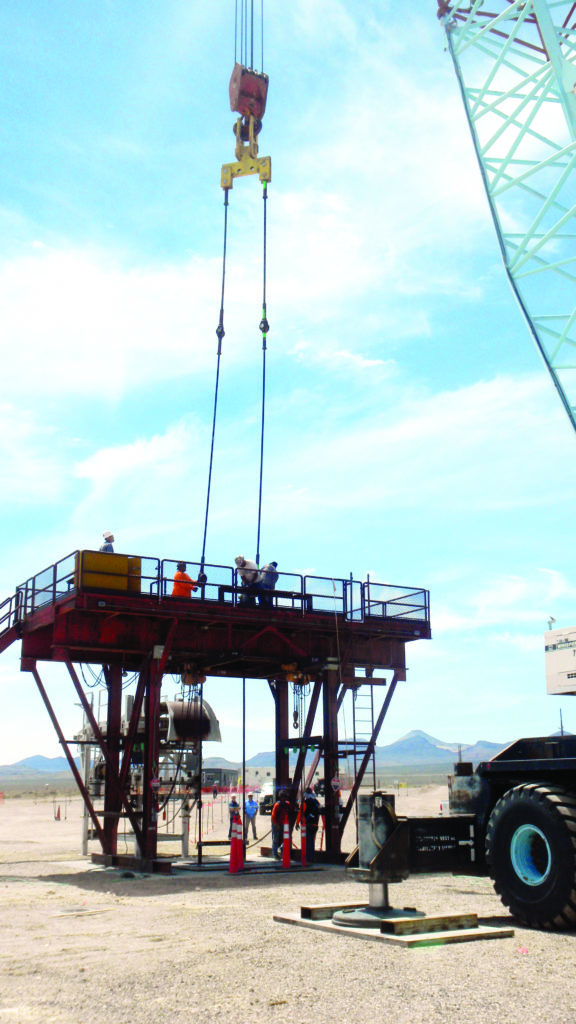
Earthquake or underground explosion?
Sandia National Laboratories researchers, as part of a group of National Nuclear Security Administration scientists, have wrapped up years of field experiments to improve the United States’ ability to differentiate earthquakes from underground explosions, key knowledge needed to advance the nation’s monitoring and verification capabilities for detecting underground nuclear explosions.
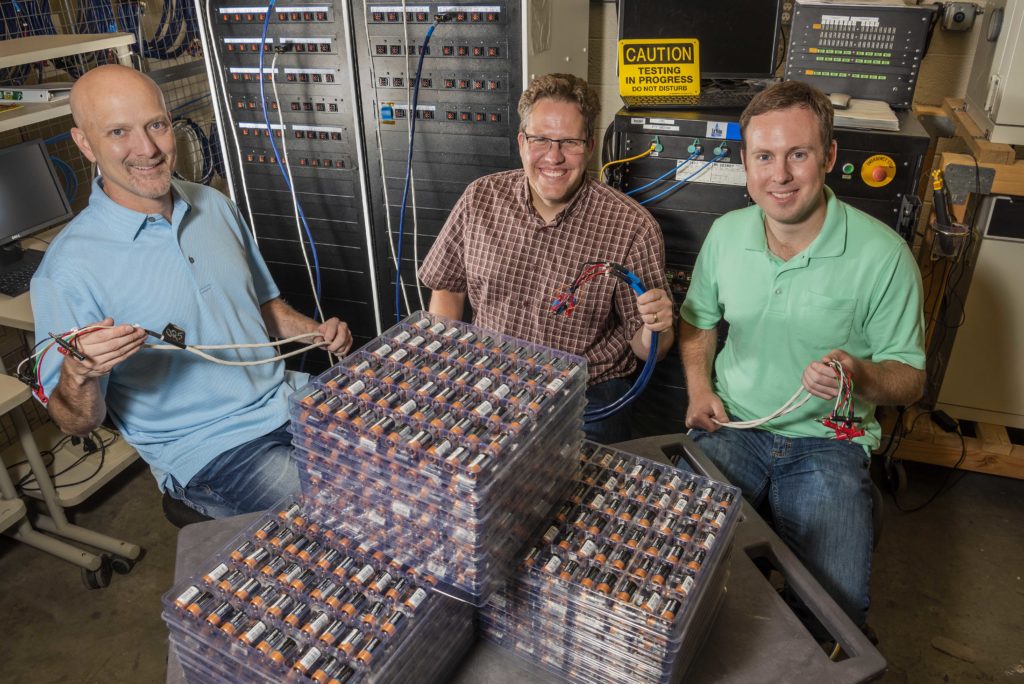
Sandia Labs manufacturing spinoff steps into national market
For 25 years, ESTT has promoted the creation of innovative small businesses by allowing staff to leave the labs with a guaranteed job waiting if they return within two years. Spinoff tech companies such as AMPS create high-paying jobs that help stimulate local economies.